
Visit Westerplatte

There was Gdańsk, so you can't miss Westerplatte, which is only 11 km from Gdańsk. In fact, it is a peninsula (previously an island) formed in 1845-1847. The name Westerplatte (formerly West Platte) comes from the German language. West means "western" and platte means "plate" (meaning "island"). So Westerplatte means "western island". The name was kept because it became a symbol of the struggle for freedom. In the years 1926–1939, Westerplatte was an enclave of the Republic of Poland within the territory of the Free City of Gdańsk. In the interwar period, the Military Transit Depot operated here in Westerplatte, whose defense in September 1939 became a symbolic beginning of World War II and Polish resistance against the aggression of the Third Reich. For us Poles, Westerplatte is still a symbol of the outbreak of World War II.

On September 1-7, 1939, the peninsula was defended under the command of Major Henryk Sucharski. During these battles, the garrison fought alone against superior enemy forces and unfortunately had to capitulate.
To commemorate the heroic defense of Westerplatte soldiers, in 1966 a 25-meter-high Monument to the Defenders of the Coast was unveiled there, placed on a 20-meter mound. The shape of this monument looks like a jagged bayonet stuck in the ground.
Except the Monument to the Defenders of the Coast, you can also see the Monument to the T-34 Tank, the remains of the barracks, fragments of a Tank Turret, guardhouse no. 1 - the main point of Polish defense in September 1939 (it was one of six guardhouses built in the 1930s to secure the Westerplatte outpost). Currently, the historic building houses a branch of the Gdańsk Museum. There is also the Cemetery of the Polish Army Soldiers, which is a symbolic resting place of Polish soldiers who died defending Westerplatte. Since 1971, the remains of Major Henryk Sucharski, brought from Italy, have been buried in the cemetery.
What are my thoughts, what do I feel in my heart about Westerplatte?…….. Visiting Westerplatte I felt the rawness of this place. You won't find stalls with juices, cotton candy or hot dogs there (at least they weren't there when I was there). But there was silence, something in the air that made me tell the children not to scream, not to run. I felt as if the spirits of the dead soldiers were surrounding us, whispering "Appreciate what you have, it only takes a moment to lose it all". In such places as this, a human falls into muse, re-evaluates his life and do some self-reflection. Visit Westerplatte with me.
How far is it from Warsaw to Westerplatte?
The distance from Warsaw to Westerplatte is 350 km.
More information about Westerplatte you can find on Wikipedia
Here are my photos……


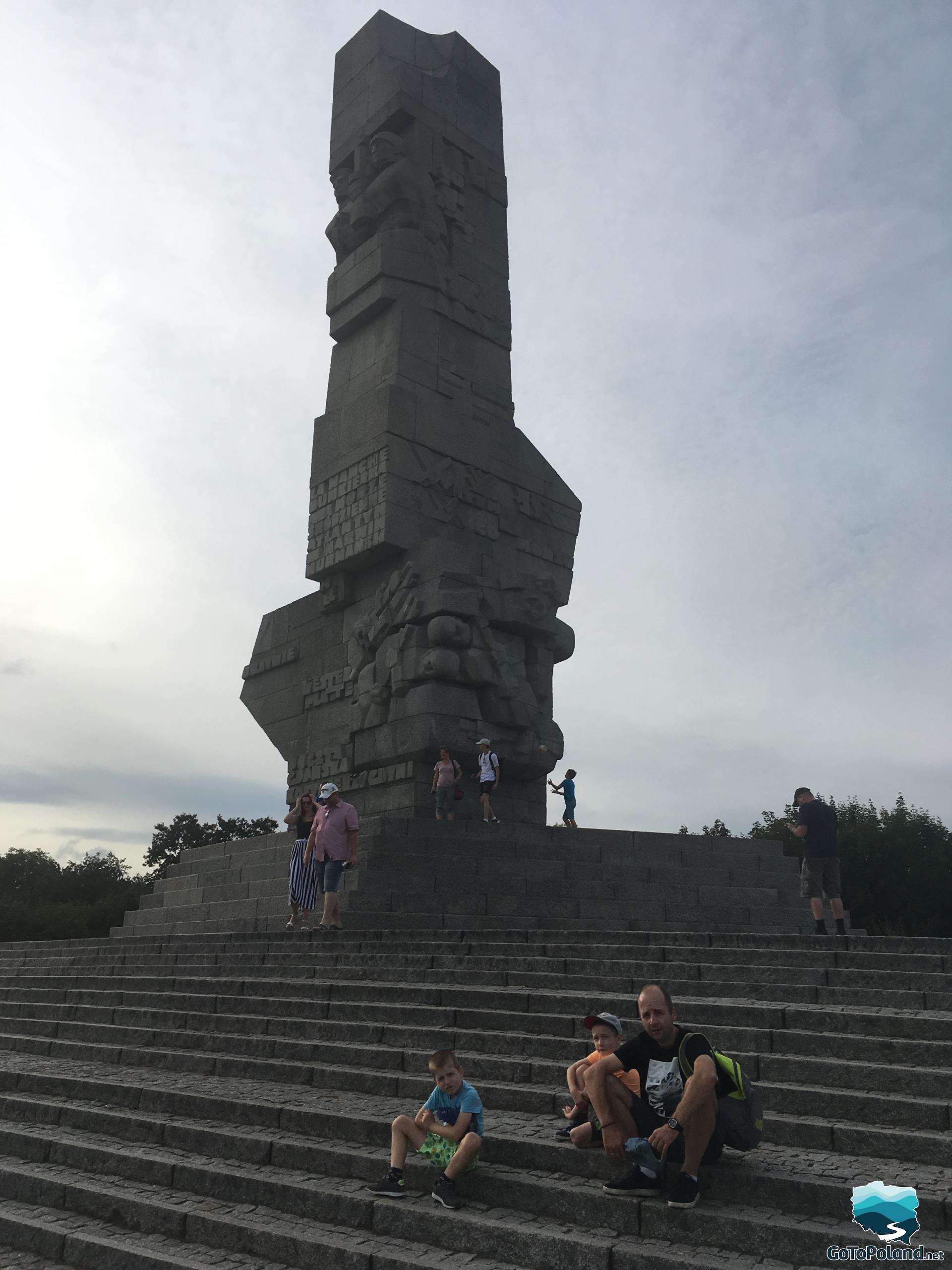
The monument is decorated with reliefs and carved inscriptions. The texts commemorate the defense of the Polish coast in 1939, the names of places of sea battles of World War II in which Polish sailors and soldiers participated. There are also mentioned: the Battle of Lenino (1943), the Battle of Studzianki (1944) and the Battle of Kołobrzeg (1945).
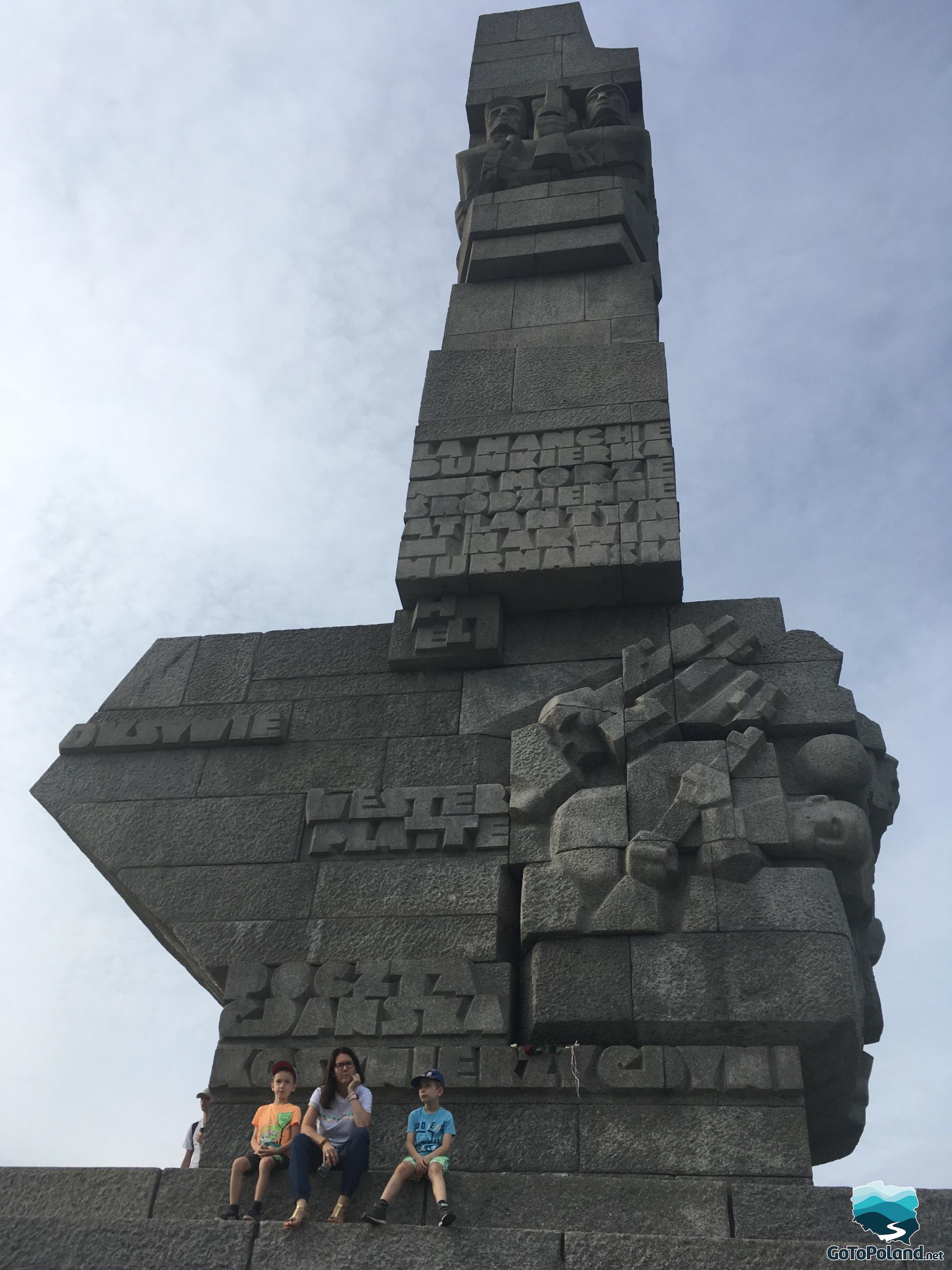
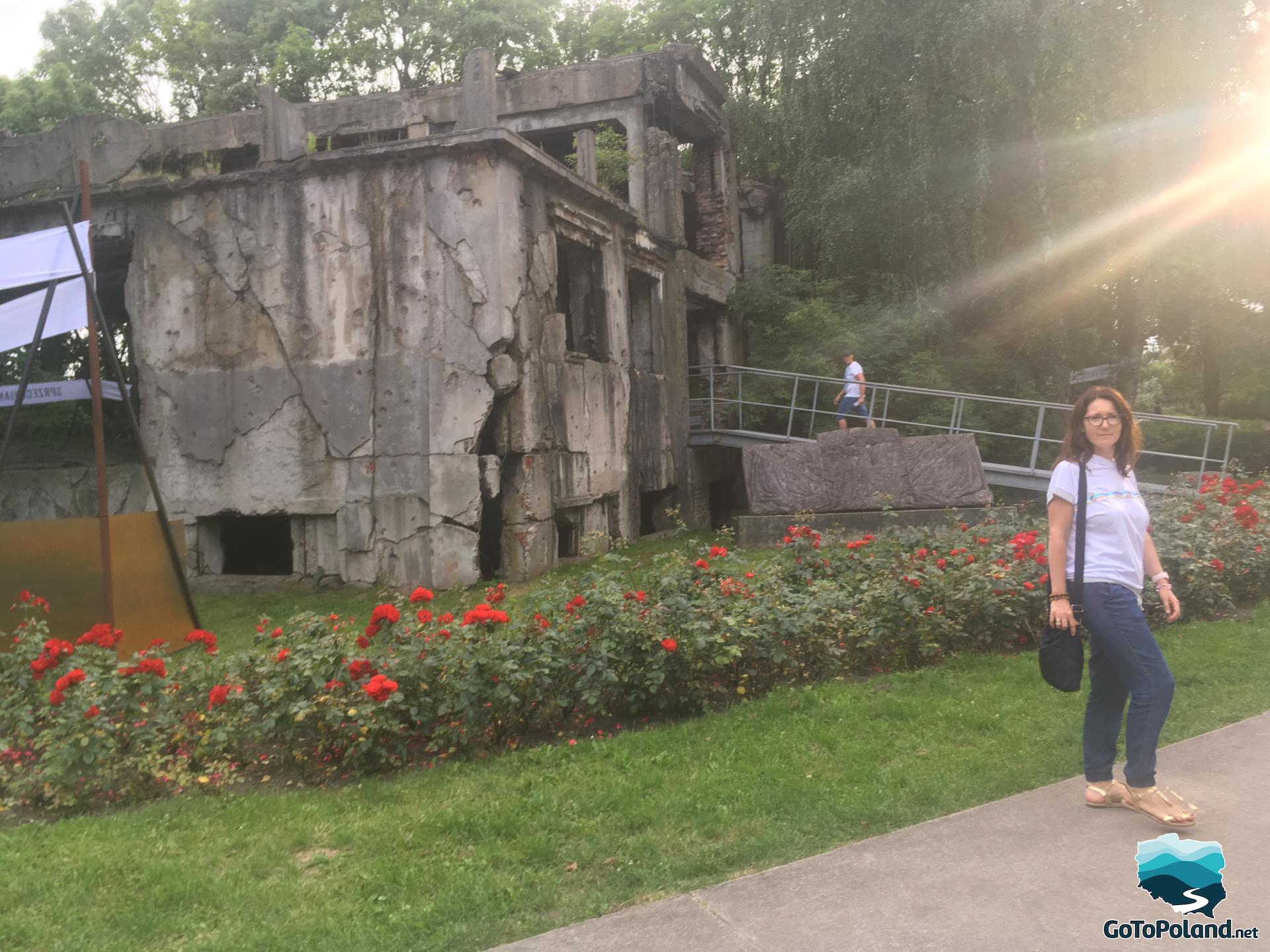
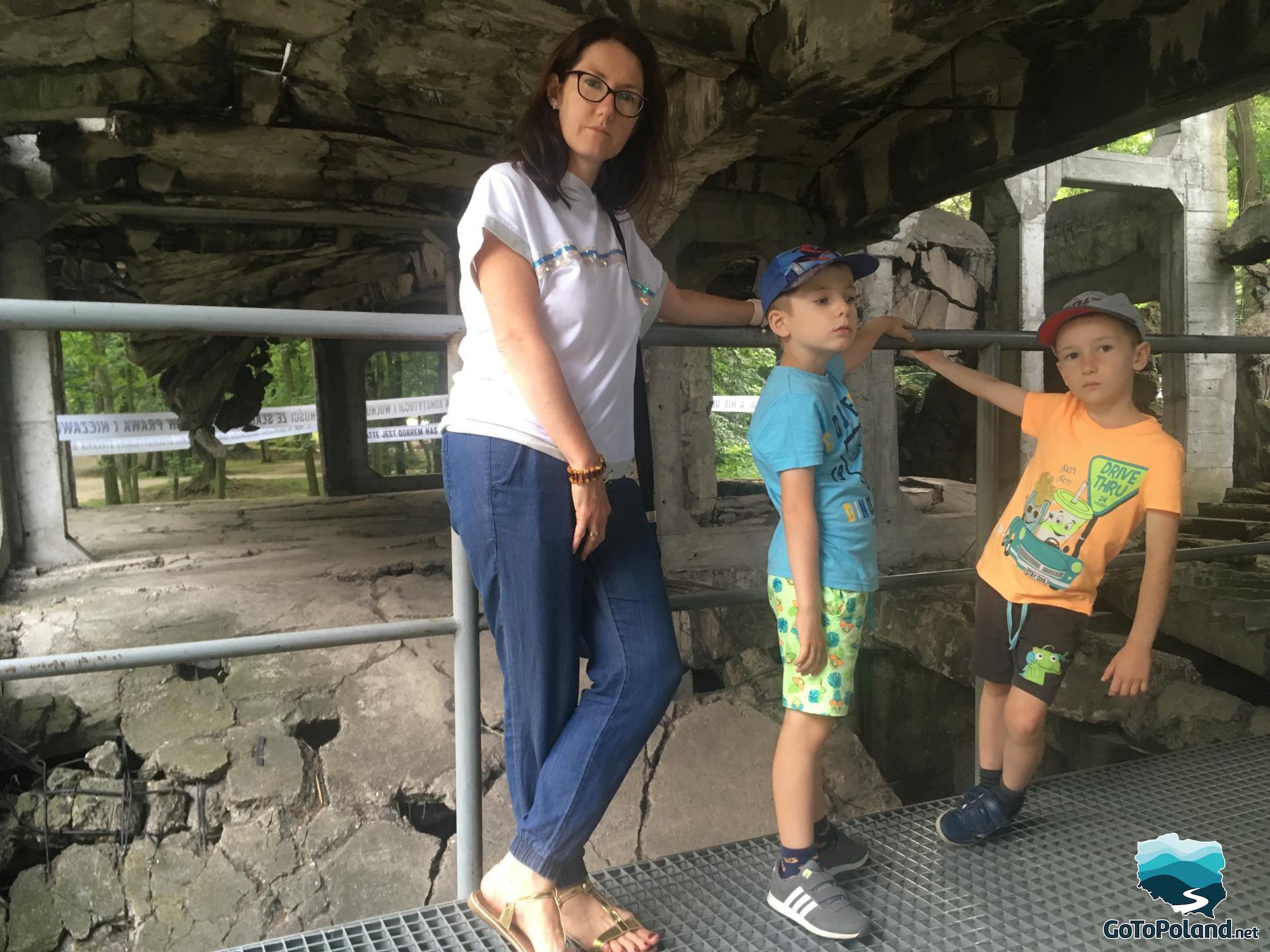
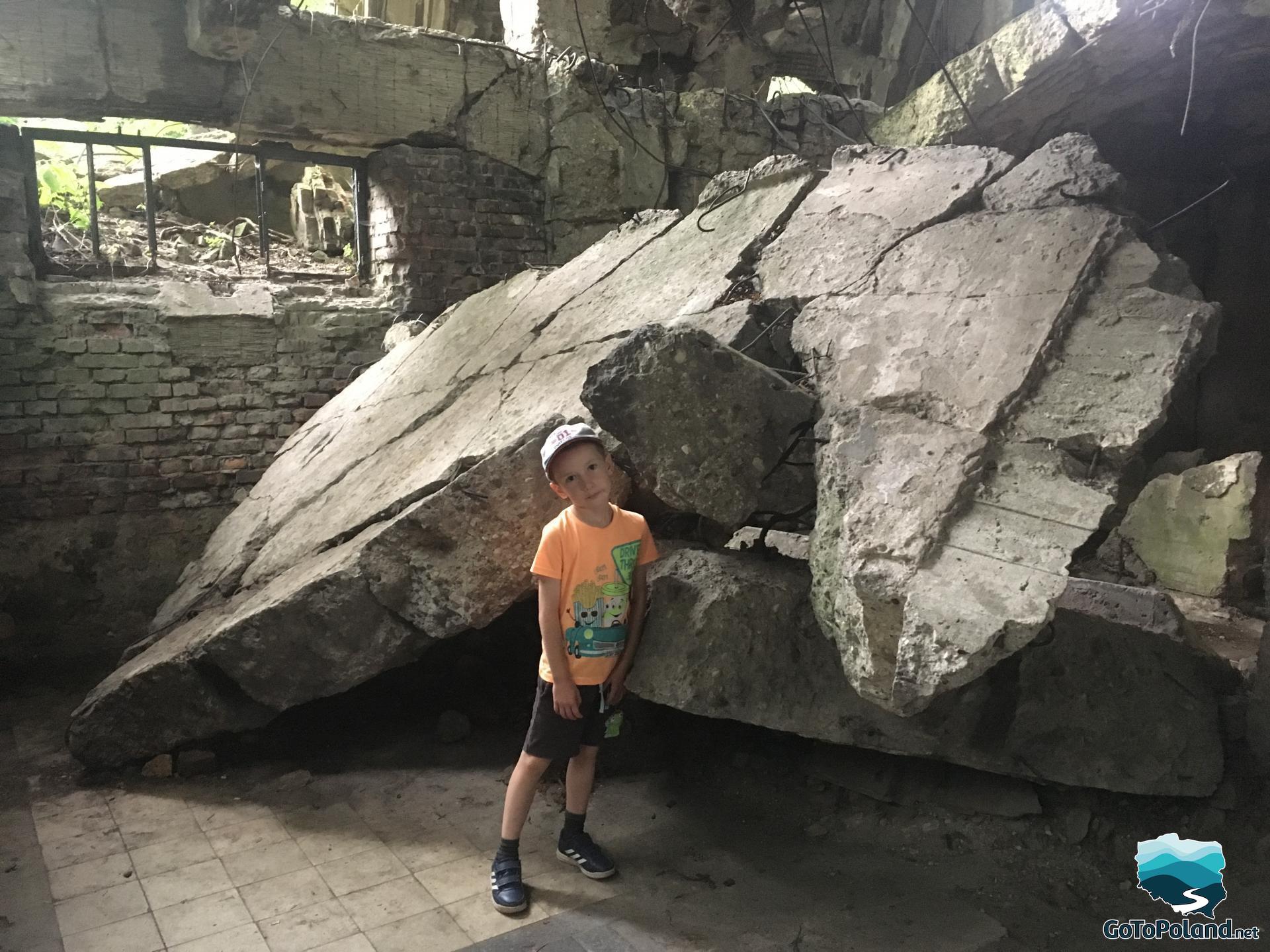
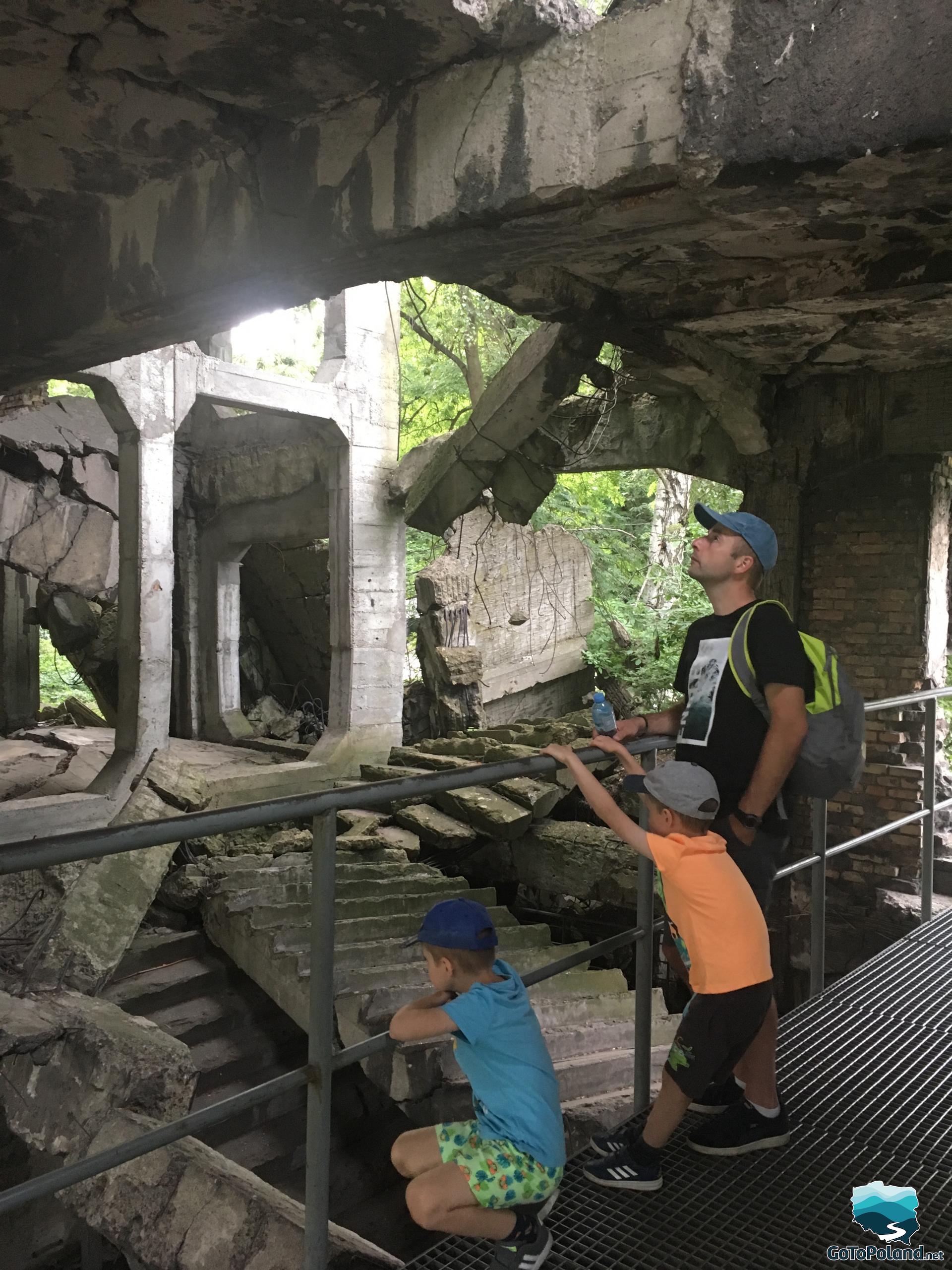
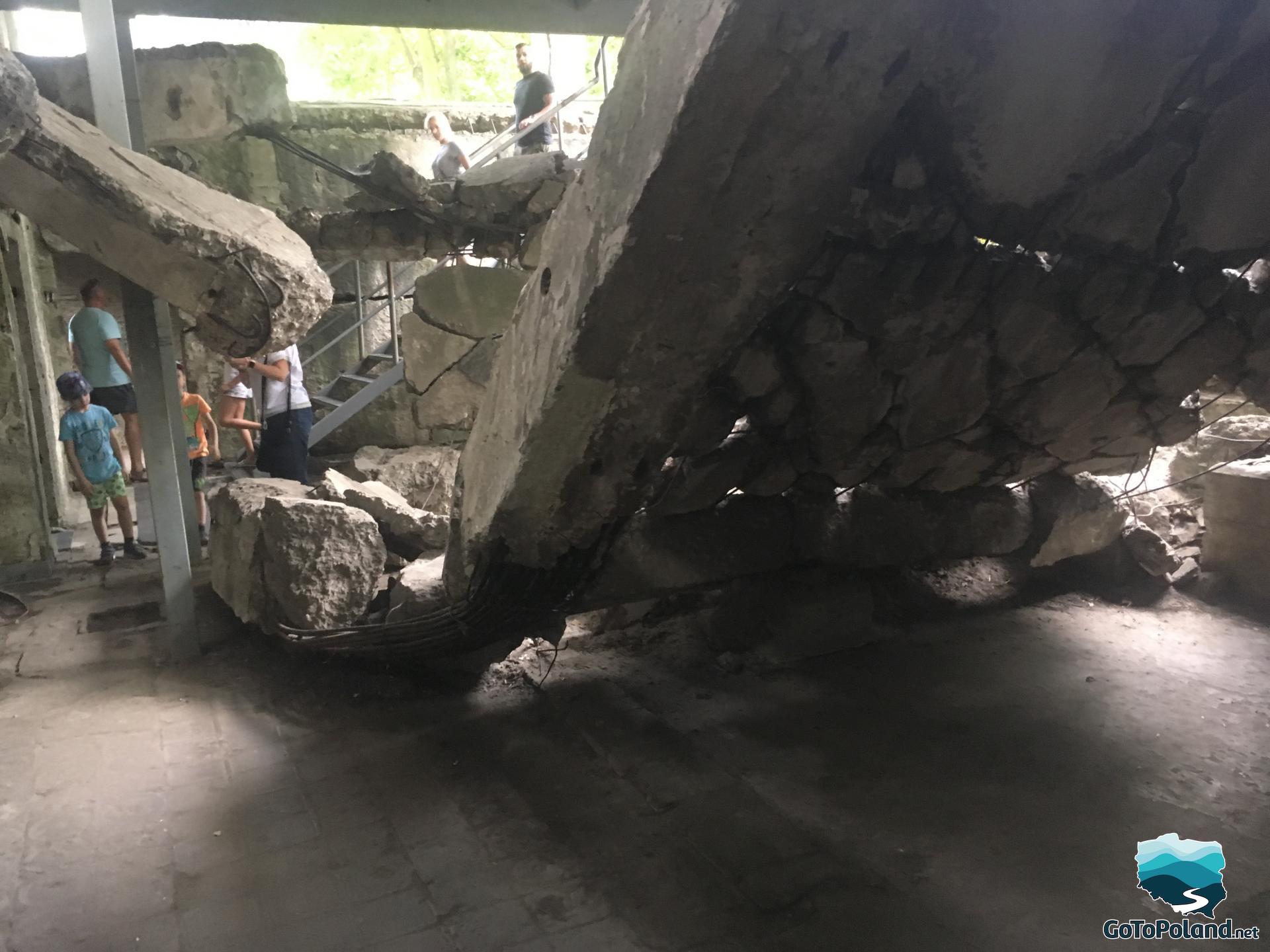
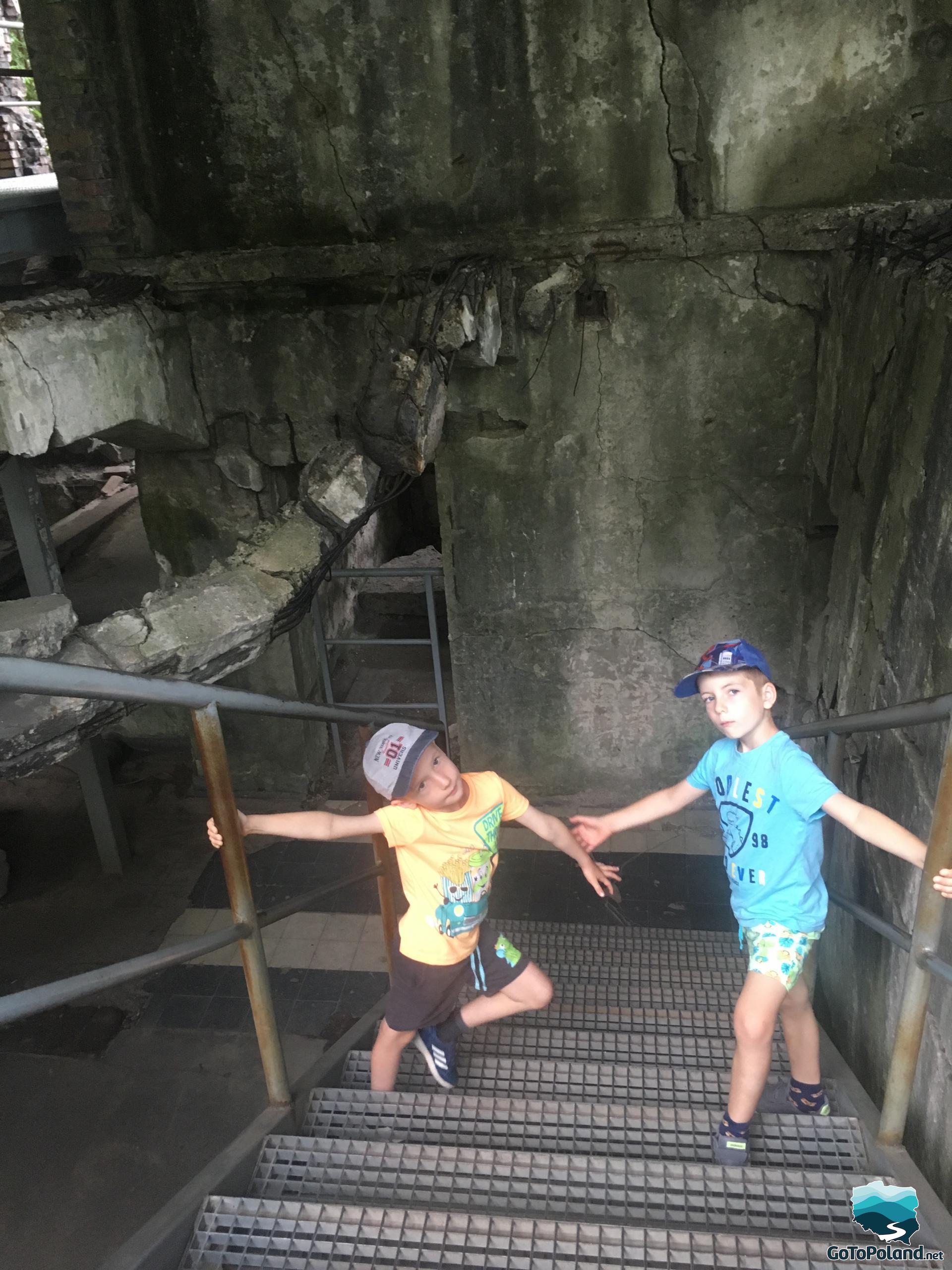
How to get to Westerplatte?

